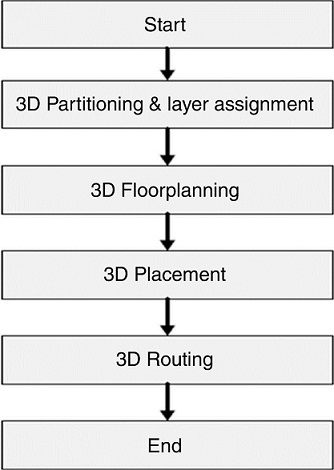Branchiopoda - Tree of Life Web Project.
Disclaimer: The Animal Diversity Web is an educational resource written largely by and for college students.ADW doesn't cover all species in the world, nor does it include all the latest scientific information about organisms we describe. Though we edit our accounts for accuracy, we cannot guarantee all information in those accounts.
Branchiopod, any of the roughly 800 species of the class Branchiopoda (subphylum Crustacea, phylum Arthropoda).They are aquatic animals that include brine shrimp, fairy shrimp, tadpole shrimp, water fleas, and other small, chiefly freshwater forms. Branchiopods are generally regarded as primitive crustaceans. Their long fossil record dates back to the Devonian period (416 million to 359.2.

The Classification of the Brachiopoda. The brachiopods have for a long time been traditionally divided into two classes, the Inarticulata and the Articulata. The Inarticulata are so-called because they possess two valves that do not have an articulating hinge. Recently it has been suggested that hinge articulation is not a good way to classify brachiopods anyway, that the traditional.

What does Branchiopoda mean? Proper usage and audio pronunciation of the word Branchiopoda. Information about Branchiopoda in the AudioEnglish.org dictionary, synonyms and antonyms. English for Beginners Practical English Travel English Telephone English Banking English Accounting English Dictionary: Double-click any word on the page to look it up in the dictionary. Dialogues Narrations.
Phylum: Arthropoda Essay. 735 Words 3 Pages. Show More. The phylum Arthropoda is the largest and most varied in the animal kingdom. It includes well over one million described species. This represents approximately three-quarters of all known biological organisms, living or extinct. Countless arthropods remain undescribed (not yet named and studied), and the actual number of living species.

The arthropod group Branchiopoda comprises about 2180 species of small (mostly 0.5-mm to 2-cm) crustaceans with flattened,. Morphological analyses have traditionally used legs, antennae, and mouth parts for branchiopod classification (Daday, 1910, Dumont and Silva-Briano, 1998, Negrea et al., 1999, Richter, 2004, Richter et al., 2007). Morphological similarities resulted in four orders of.

The Branchiopoda are monophyletic, but inter-ordinal relationships, as well as many evolutionary relationships at lower taxonomic levels are still unclear. Ongoing molecular studies will more accurately depict species diversity and phylogenetic patterns. With the exception of some anostracan families, most families are not restricted to the northern or southern hemisphere or specific.

Arthropod - Arthropod - Classification: Modification, specialization, number, and appearance of body segments and appendages (especially anterior ones such as antennae and mouthparts) are important criteria in distinguishing arthropod classes. Other structural features of taxonomic importance include location of the gonopores, structure of the head, and adaptations of the respiratory and.

Branchiopoda definition is - a subclass of crustacea comprising primitive aquatic forms typically having an elongated body, a carapace, and many pairs of foliaceous appendages and including the orders Anostraca, Notostraca, Conchostraca, and Cladocera.

The Branchiopoda are represented in fresh and marine habitats all over the world, and their monophyly is well supported (see review by Olesen, 2007). Remipedia and Cephalocarida are both marine and their monophyly is strongly indicated because of their morphological uniformity and by the few molecular studies conducted ( Richter et al., 2009 ).

This book provides a long-awaited general introduction to the eleven orders (two fossil, nine extant) of the class Branchiopoda. All are characterised morphologically, with descriptions and keys down to family-level. Phylogenies are discussed on morphological, and, wherever possible, molecular grounds. The book is copiously illustrated with line drawings, photographs and SEM micrographs, many.

Class Branchiopoda (water fleas, tadpole shrimp, fairy shrimp, clam shrimp) The crustacean class Branchiopoda is represented by six orders, all of them restricted to inland, continental waters: Anostraca, Notostraca, Laevicaudata, Spinicaudata, Cyclestherida, and Cladocera. Taxonomically, the class is divided into two subclasses consisting of 1) Anostraca and 2) everything else. But.

The proper scientific name of a particular brachiopod consists of the name of the species, preceded by the name of the genus to which it belongs, plus the name of the first person to describe it and the date of that description. Brachiopods are virtually defenceless and their shell, enclosing the animal's organs, is their only protection. Most are permanently attached by a fleshy stalk (the.



